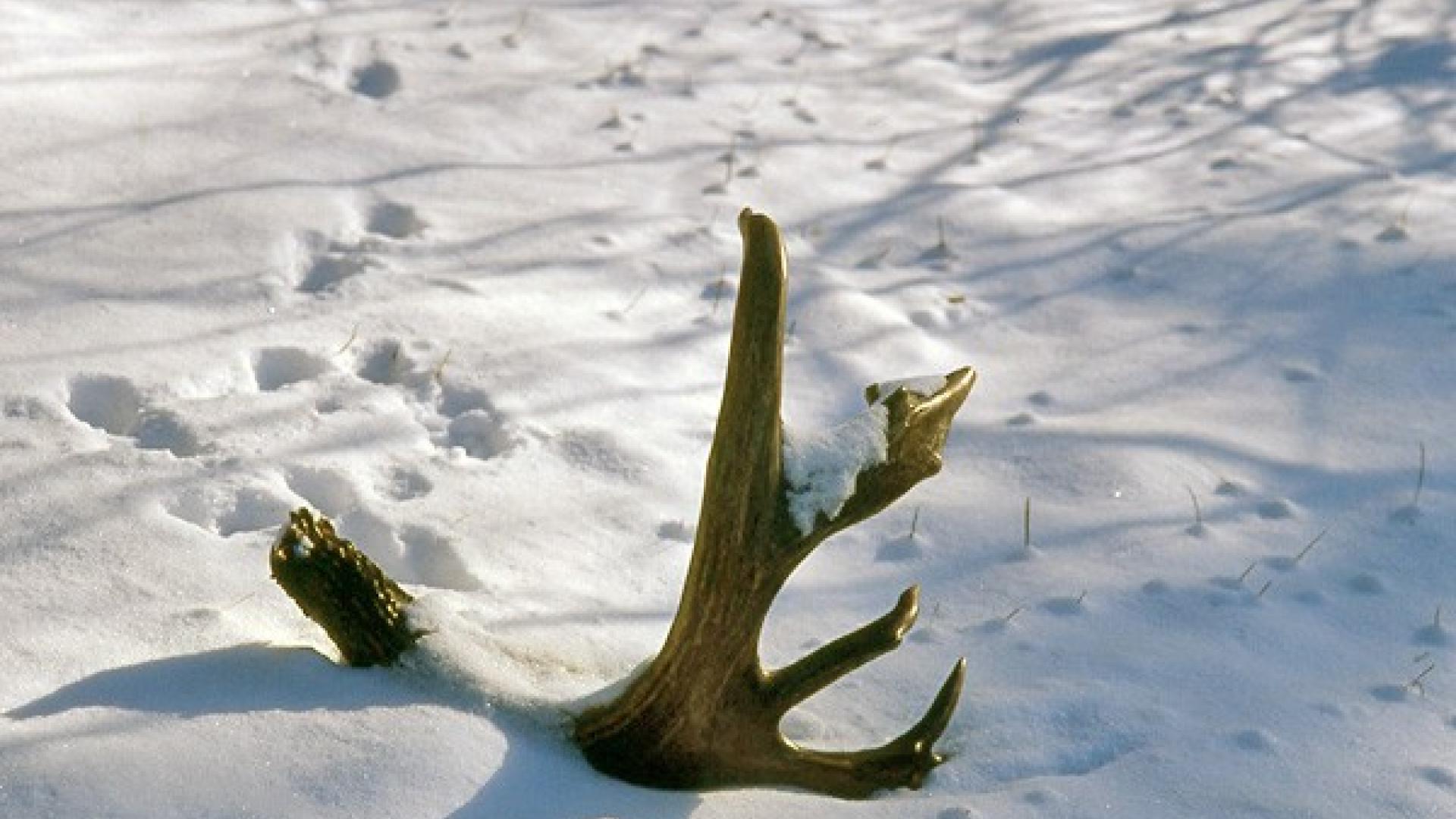Some of my serious deer-hunting friends – and it seems as if that's the only kind I have – have yet to stop thinking about big bucks, even though the season has been over for darn near two months now. It's really a year-round obsession for those guys, and I should understand that completely, since I'm the same way with turkeys.
But while I fritter away the time until the spring gobbler season opens doing things like playing with my inventory of turkey calls and dipping into my turkey hunting video library, more and more deer hunters are jumping back into the woods a few weeks after the season ends to get the drop on, well, drops.
Shed hunting, that ground search for antlers dropped by the area's bucks during the heart of the winter, continues to soar in popularity, usually for all the right reasons. It's a great way to scout your hunting area and, judging by the antlers you pick up, see what bucks survived the hunting season and may be available next fall. It's superb exercise at a time when we need it the most, getting us away from the woodstove and TV for a few hours to trudge through the woods and scour the ground in hopes of stumbling onto a fallen treasure, perhaps from the buck of your dreams.
Good shed hunters (yes, some are better than others) don't really stumble at all. Their eyes have been trained to spot even the slightest hint of bone on the forest floor. An antler tip poking from the snow. Something that just doesn't look quite right deep in the cedars. The glint of a big antler in the sun on a southern exposure, where the deer often ride out the North Country winter.
Some shed hunters even have their canine companions trained to assist in the search. Our Labs, over the years, have never made it past the deer poop discovery stage.
Essex County is a shed hunter's dream because we typically get the kind of winter – heavy snows and long periods of cold – that send deer into their winter yards, congregated. Chances are if you find one antler, you may find the matching set, as well as drops from other bucks in the area.
But that's not always the case. In some years the deer never "yard up," with weather conditions allowing them to roam widely in search of food. It means more miles on the boots to tip the odds of shed finding in your favor.
Time it right, for the deer's sake. Avoid stressing the whitetails when they can least afford it. Winters when snow depths are low are great for shed searching, as is the month of March when winter is starting to lose its grip.
Some folks – even those who don't actually hunt whitetails – have turned shed hunting into a sport all its own, along the lines of mushroom hunting. Find a dropped antler that hasn't been chewed on by a porcupine and you'll understand why. Find its match not far away, and you'll be hooked.
Find the antler sheds from a big buck, then harvest the bruiser the next fall when his rack is even bigger, and you'll have memories that will last a lifetime.


